Introduction
Gout is a type of arthritis that results in sudden and severe joint pain, most commonly affecting the big toe, but it can also impact other joints. The condition arises from the accumulation of uric acid, which is produced naturally by the body and can also be found in certain foods. Gout typically manifests in episodes that can subside and return. Treatments focus on relieving pain and inflammation, and preventive measures can be adopted in certain cases.
Anatomy
Uric acid plays a crucial role in breaking down purines, which are compounds present in both the body and certain foods like organ meats, mushrooms, and anchovies. The kidneys are responsible for excreting uric acid through urine. When the kidneys fail to remove enough uric acid or when the body produces it excessively, levels can rise, leading to the formation of urate crystals in the joints. These crystals are responsible for the pain and inflammation associated with gout.
Causes
Gout occurs due to elevated levels of uric acid in the bloodstream, which leads to the formation of needle-like urate crystals in the joints and surrounding tissues. These crystals trigger episodes of pain and inflammation.
Symptoms
Gout often begins abruptly, frequently during nighttime hours. While it predominantly affects the big toe, it can occur in nearly any joint. Symptoms include intense pain and tenderness, along with redness and swelling in the affected area.
Diagnosis
If you suspect gout in your foot, it’s important to consult a healthcare professional, such as a podiatrist. Early diagnosis and treatment are essential to prevent joint damage. A doctor can confirm gout through a physical examination and specific tests.
A joint fluid analysis may be conducted to check for urate crystals in the fluid surrounding the joint, while blood tests will measure uric acid levels. Your physician will analyze these results to confirm a gout diagnosis.
Treatment
Gout treatment primarily focuses on relieving pain and inflammation, often using non-steroidal anti-inflammatory drugs (NSAIDs), colchicine, or corticosteroids. In addition, your doctor might prescribe medications aimed at reducing uric acid production or enhancing its elimination. Dietary adjustments, such as limiting purine-rich foods like red meat and avoiding alcohol, can also be beneficial. Staying well-hydrated can aid kidney function in uric acid removal.
Prevention
To help prevent gout attacks, it is advisable to avoid alcohol consumption and limit high-purine foods. Reducing meat protein intake to about 5 to 6 ounces per day can also contribute to lower uric acid levels.
Am I at Risk?
Gout is more common in men aged 40 to 50 and tends to affect women post-menopause when uric acid levels may rise. A family history of gout increases the likelihood of developing the condition.
Risk factors include:
- Alcohol consumption
- Hypertension
- High cholesterol and triglycerides
- Diabetes
- Arteriosclerosis (narrowing of the arteries)
- Low-dose aspirin use
- Certain diuretic medications (thiazide diuretics) and immunosuppressants for transplant patients
Complications
Beyond causing gout, excess uric acid can lead to kidney stones. If untreated, gout may progress to advanced stages characterized by urate crystal nodules forming under the skin (tophi). For many, gout can recur multiple times a year.



